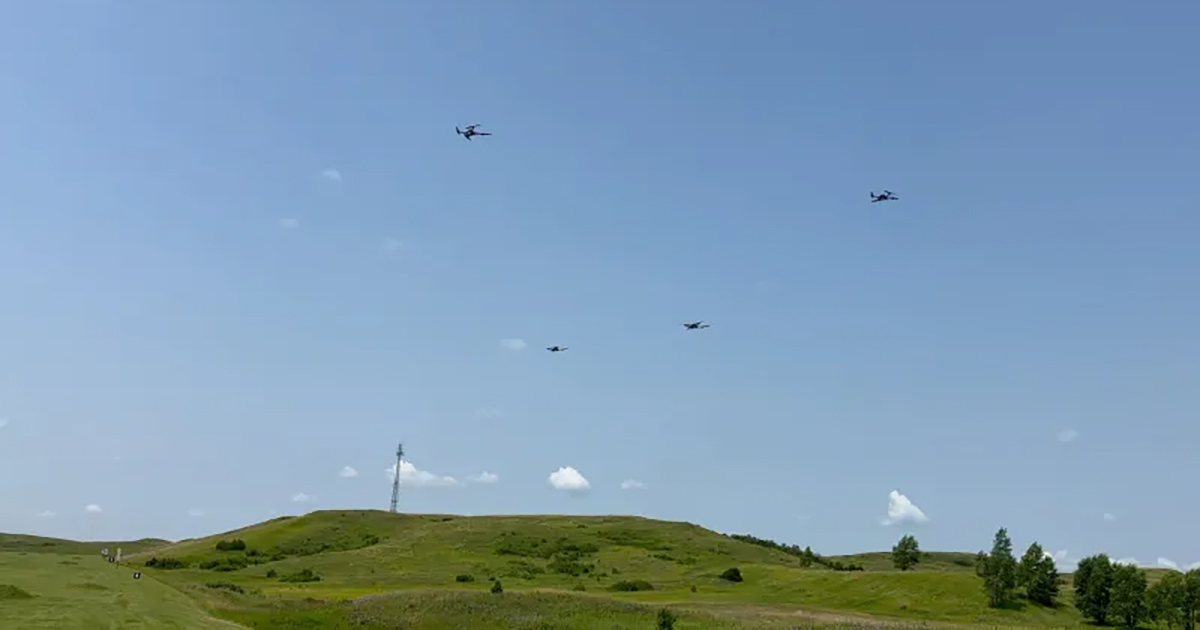As drones continue to reshape how we deliver goods, respond to emergencies and monitor infrastructure, the need to secure our skies from rogue or malicious unmanned aircraft has never been greater. That’s why the Department of Homeland Security (DHS) Science and Technology Directorate (S&T) is leading a nationwide counter-unmanned aircraft systems (C-UAS) test campaign, and North Dakota is playing a key role in this drone mitigation technology.
Last summer, S&T partnered with key stakeholders across the country to evaluate emerging C-UAS technologies designed to detect, track, identify and mitigate potentially dangerous drones. Among the selected sites: the University of North Dakota’s Research Institute of Autonomous Systems (RIAS), assisted by the Northern Plains UAS Test Site (NPUASTS). Two sets of solutions – kinetic mitigation and non-kinetic mitigation – were put to the test.
Testing C-UAS Technologies in Real-World Environments
S&T’s multiyear effort is focused on accelerating safe, effective C-UAS solutions that can be deployed by public safety agencies, federal responders and critical infrastructure operators. By testing technologies in real-world environments, S&T is gathering critical data to inform future acquisition, deployment and policy decisions.
This July at the North Dakota test held at Camp Grafton South, NPUASTS, RIAS and accessND provided a secure, controlled setting for comprehensive C-UAS testing. The team designed and oversaw flight test plans that ensured that technologies performed effectively under operationally relevant conditions.
Testing scenarios included realistic UAS incursions across different operational conditions, allowing systems to be assessed for accuracy, speed, false alarm rates and overall effectiveness. The goal: to determine how these tools perform in dynamic, real-world situations that mirror what public safety and homeland security teams may face.
In total, there were eight demonstrators with technologies such as:
- GPS/GNSS jamming
- Kinetic engagements
- One-way “suicide drone” attacks
- Drone fouling and disruption attempts
The NPUASTS team was primarily responsible for collecting data to help evaluate and better understand mitigation tech. That ranged from recording detailed flight metrics and aircraft telemetry to performance stats to determine the effectiveness of the systems. A key focus of data collection involved assessing collateral damage – photographing, measuring and documenting the physical aftermath following the demonstration.
“The goal of the project is to investigate the state of the market in kinetic mitigation capabilities and determine the effects of using these capabilities, in order to decide which ones are suitable for the different DHS component mission sets,” said S&T Program Manager Andy Myers. “The demonstrations have provided a foundation for identifying capabilities that look promising for further development, which will inform future S&T exploratory efforts.”
Drone Risk Mitigation – Why North Dakota?
North Dakota has long been at the forefront of UAS innovation and now, it’s proving just as critical to UAS security. The state offers not only expansive airspace and cutting-edge infrastructure, but also a unique culture of collaboration between government, industry and public universities. That combination makes it a natural fit for national-level C-UAS technologies testing.
As an FAA-designated UAS Test Site, NPUASTS has the expertise and operational experience to support complex testing campaigns like this one and maintain a safe environment. Enabling beyond-visual-line-of-sight (BVLOS) operations, advancing UTM development and evaluating C-UAS technologies, demonstrates the commitment to supporting safe UAS integration across the airspace ecosystem. This year’s drone defense system testing was facilitated by the NPUASTS, North Dakota National Guard, RIAS and accessND.
Every flight was supported by the same execution and precision the NPUASTS excels in, with comprehensive safety risk assessments, redundant communication and tracking systems and standardized procedures and processes. Complex UAS operations performed safely, reliably and repeatedly.
Advancing Drone Risk Mitigation Through Collaboration
This year’s group of C-UAS experts included the U.S. Coast Guard Research and Development Center, testing a drone intercept munition to better understand the risks commanders will have to weigh if they employ kinetic C-UAS measures.
S&T’s North Dakota test event marks a major milestone in the broader campaign. By supporting these evaluations, we’re not just validating tools, we’re helping set the foundation for secure, scalable UAS operations across the country.

